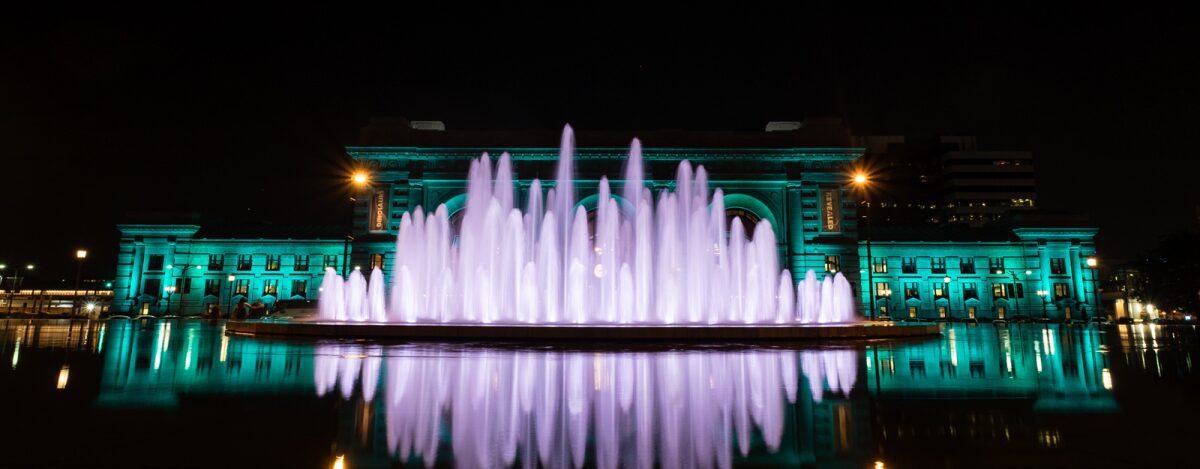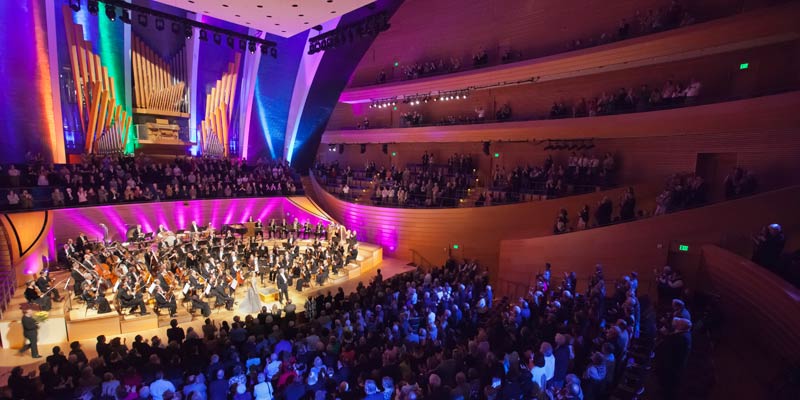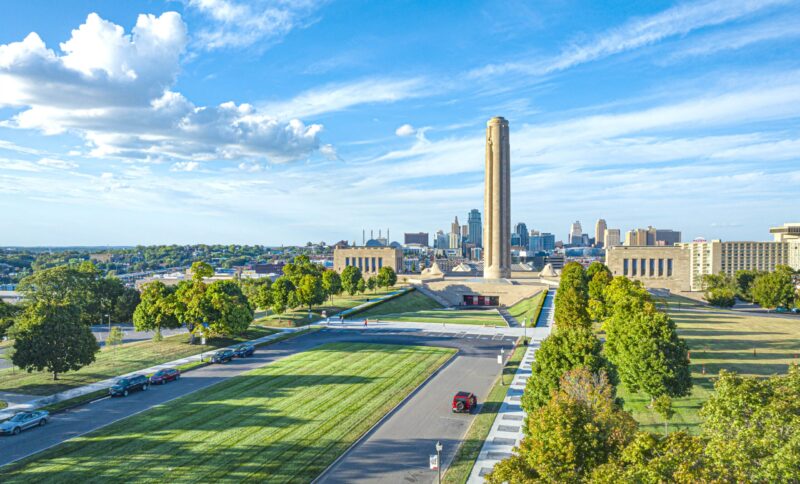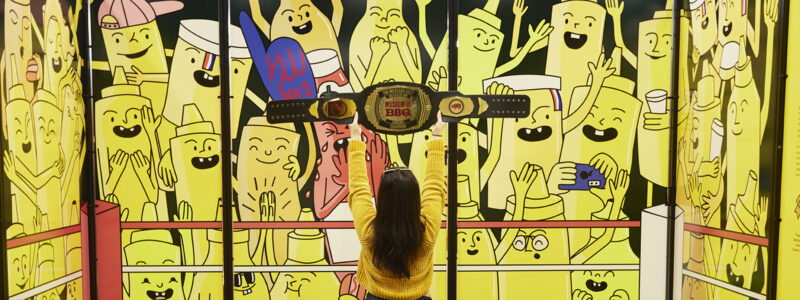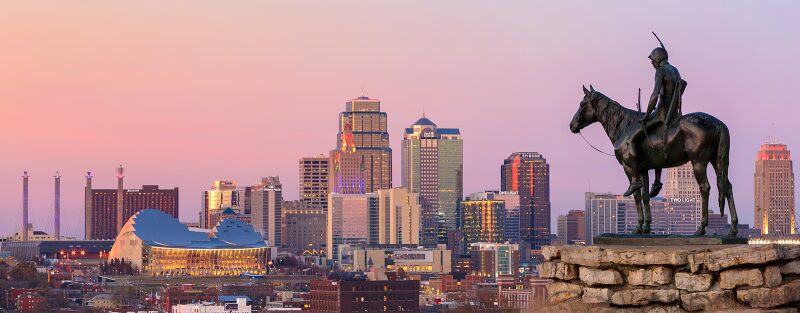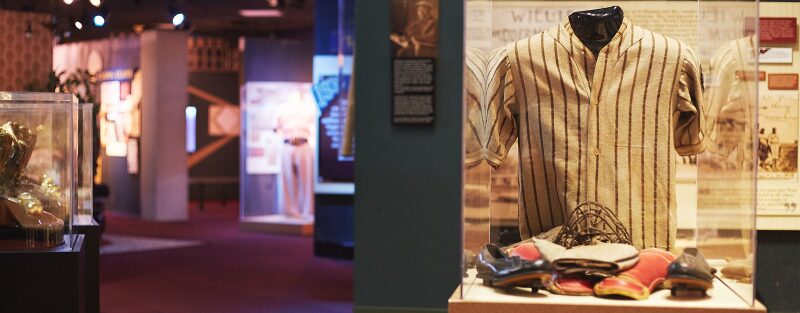From grand cascading centerpieces situated prominently along the city’s major thoroughfares to petite spouting statuary in quaint residential neighborhoods, each fountain represents a unique contribution to KC’s timeless reputation as the City of Fountains.
Fountain Day
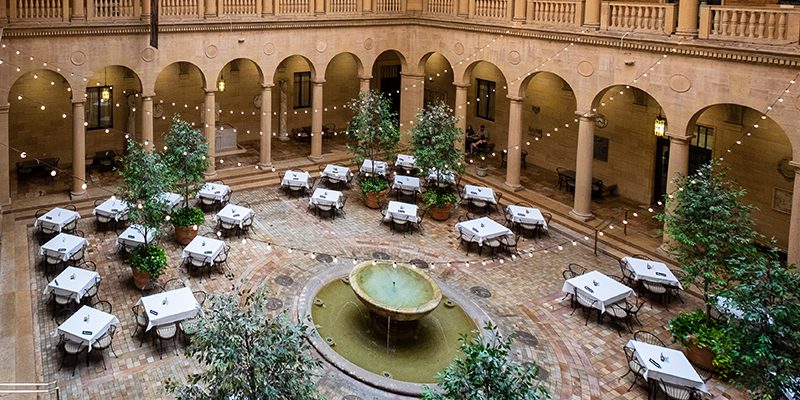
Every year in early April the city celebrates Greater Kansas City Fountain Day, when all 48 publicly-operated fountains spring back to life. This day represents a great source of pride for the comfort, energy and urban vitality they provide.
In 2024, Fountain Day falls on Tuesday, April 16.
History
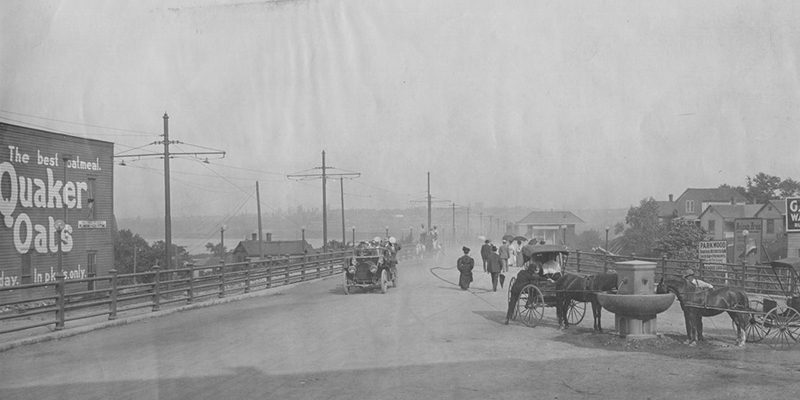
Kansas City’s first fountains date back to the late 1800s, when they served a purely utilitarian purpose: thirsty dogs, horses and birds drank water when passing to and through the city.
Soon thereafter, the city began erecting drinking fountains—each with their own distinctive architectural styles, features and themes—throughout the Downtown area to provide its citizens with safe drinking water. Enterprising individuals integrated intricate sculpture into fountain designs to both beautify properties and add distinction.
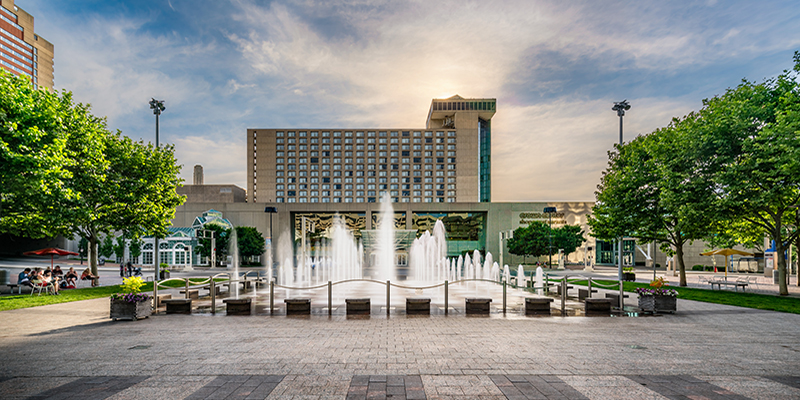
Kansas City’s love affair with fountains has flourished ever since. In 1973, the City of Fountains Foundation was established by a Hallmark executive and his spouse after the two took a trip to Italy and found many fountains in disrepair. Wanting to restore Kansas City’s own collection of fountains, the Foundation was created to build new fountains and manage and maintain existing structures.
The City of Fountains
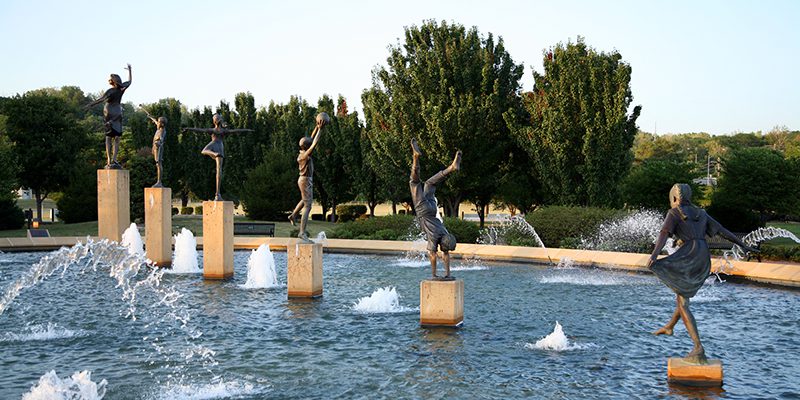
Today, visitors will find more than 200 fountains scattered throughout the metro, large and small, artistically intricate and cleverly simple. These showpieces grace courtyards, parkland and tree-lined boulevards.
Of the 200-plus registered fountains, 48 are publicly owned. Some of the most prominent hubs include the Country Club Plaza and many of Kansas City’s urban parks.
Famous Fountains
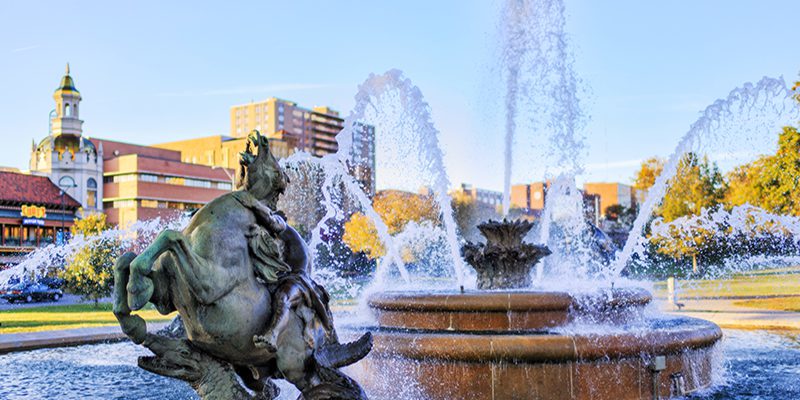
While more than 200 fountains grace Kansas City’s landscape, a few oft-photographed favorites stand out as exemplary examples of the metro region’s undeniable beauty:
- Fountain in Mill Creek Park: One of the city’s most recognizable landmarks is the centerpiece of Mill Creek Park, situated near the iconic Country Club Plaza. Built in Paris in 1910, it once adorned the estate of a New York millionaire and was brought to Kansas City in 1951.
- Firefighters Fountain and Memorial: Dedicated in 1991 to honor six firefighters who lost their lives in a tragic accident, this stunning fountain and memorial serves as a tribute to those heroes and all others who keep KC safe.
- Henry Wollman Bloch Fountain: Time it just right and you’ll nab a nifty picture of one of Kansas City’s most towering spouts, right in front of Union Station. The Bloch Fountain features 232 water jets that present a choreographed show every hour and half-hour.
- Crown Center Square Fountain: Young ones flock to this playful fountain located in Crown Center thanks to its wonderfully choreographed jets set to recordings performed by members of the Kansas City Symphony.
- Fountain Basin: Found at The Nelson-Atkins Museum of Art, Fountain Basin is easily the oldest such work in Kansas City. The marble bowl was purchased in Italy in 1931 but dates back to 220 A.D., during the Roman Empire. The pedestal was installed in 1933, completing the centerpiece for Rozzelle Court upon the museum’s debut in the same year.
